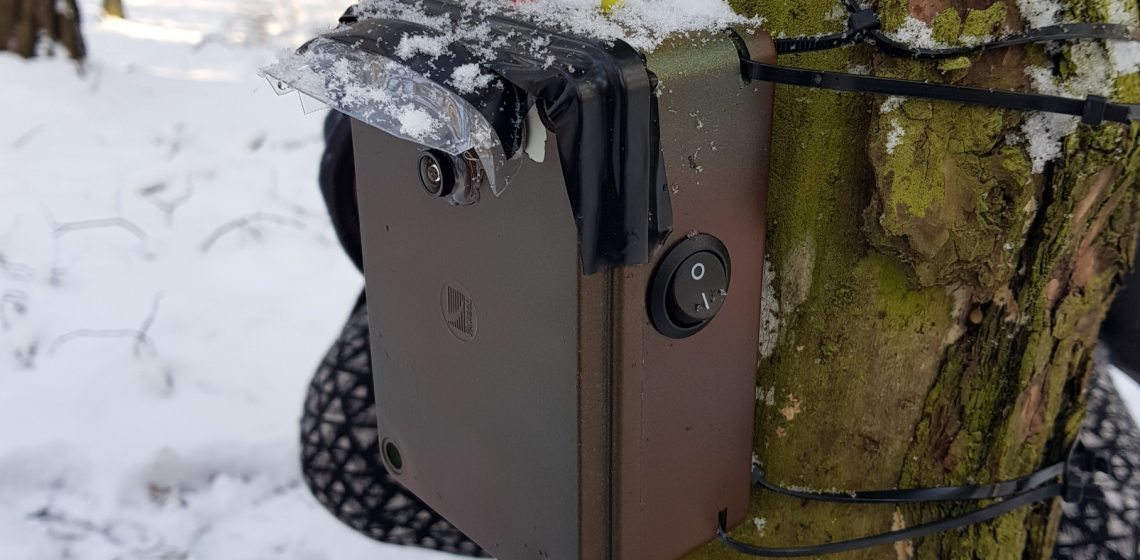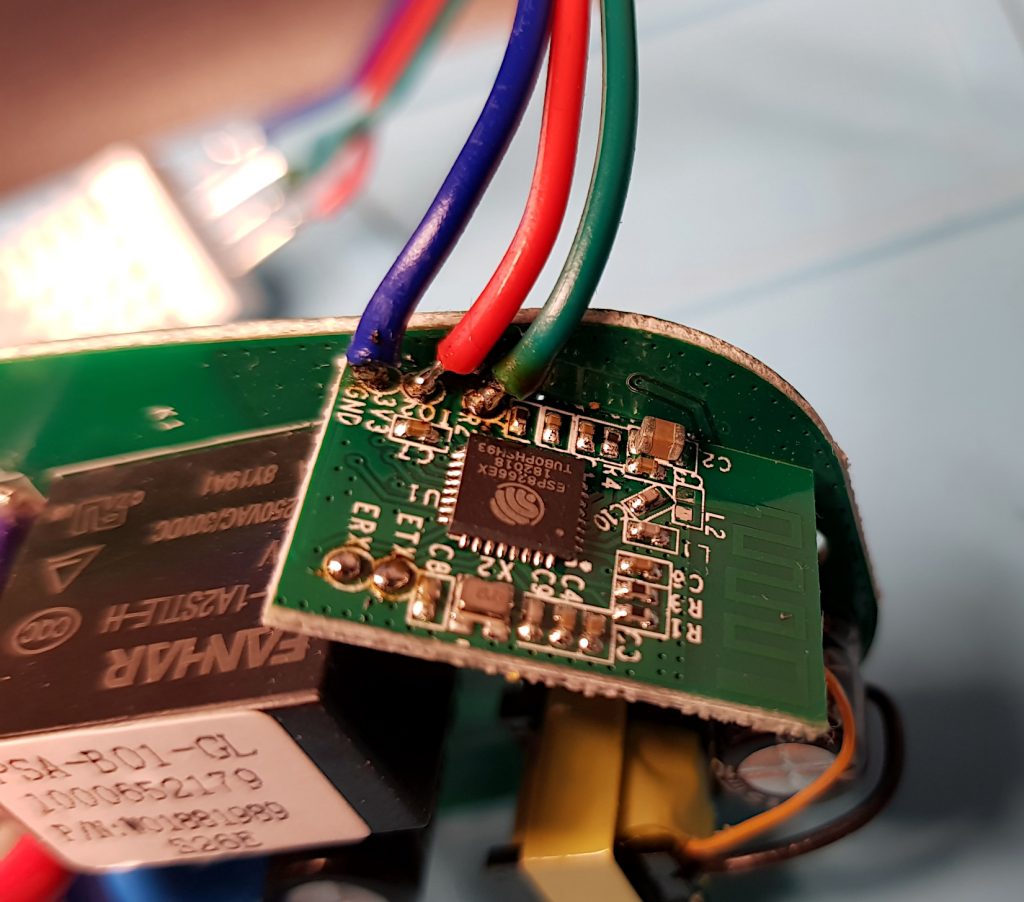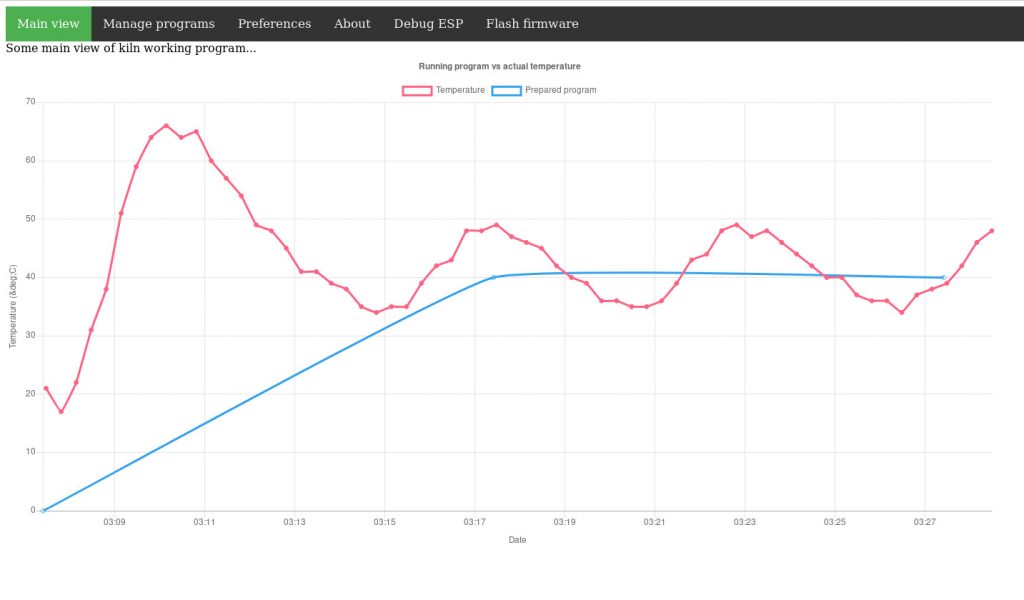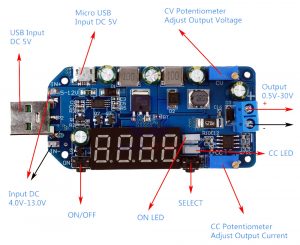ESP32-Cam based photo trap
So, we meet again – with esp32-cam board 
Recently I had a need, for some kind of Photo Trap – to see what animals are finding food (that we left for them) close to my land. It could be moose or some kind of deer. Of course I could buy one, but where is the fun in it – and it would be probably much worst. The one I saw was old type, powered with four AA batteries etc. but it had also cellular modem used to send MMS with picture 








Recent comments